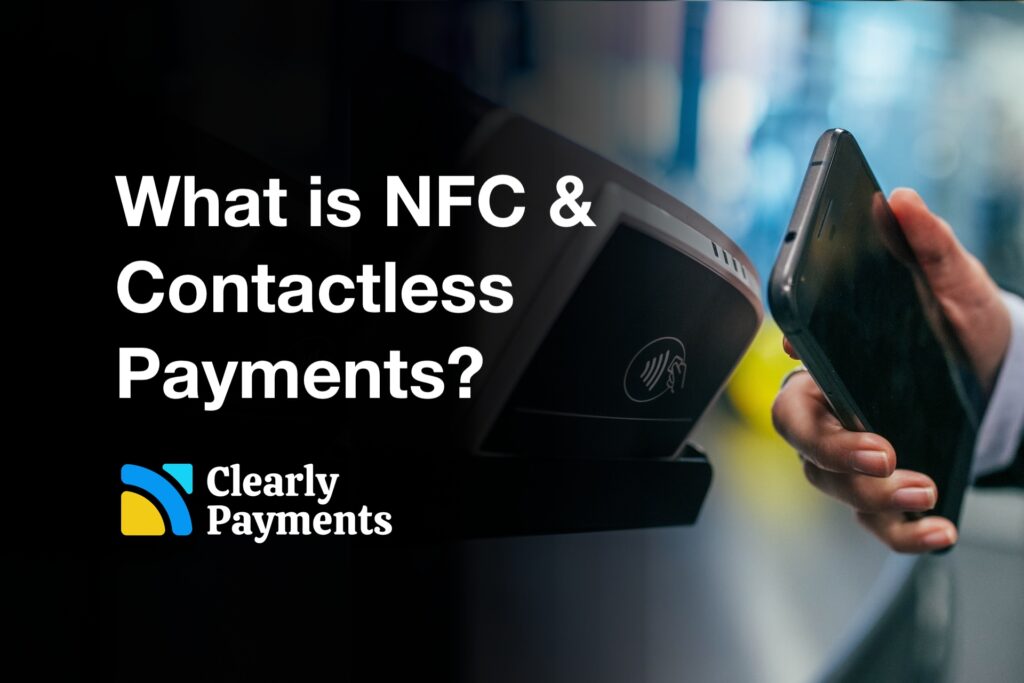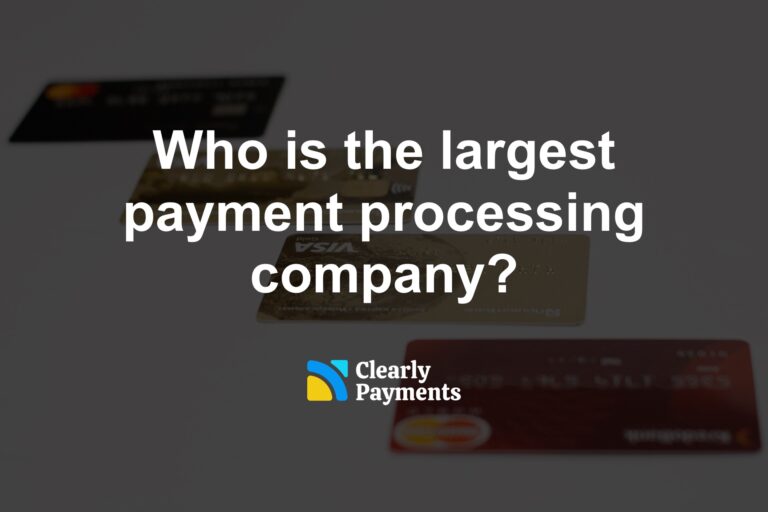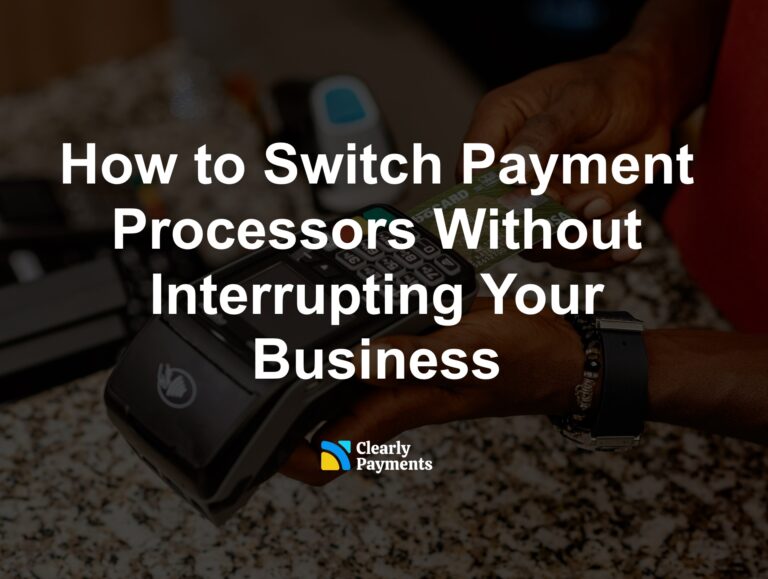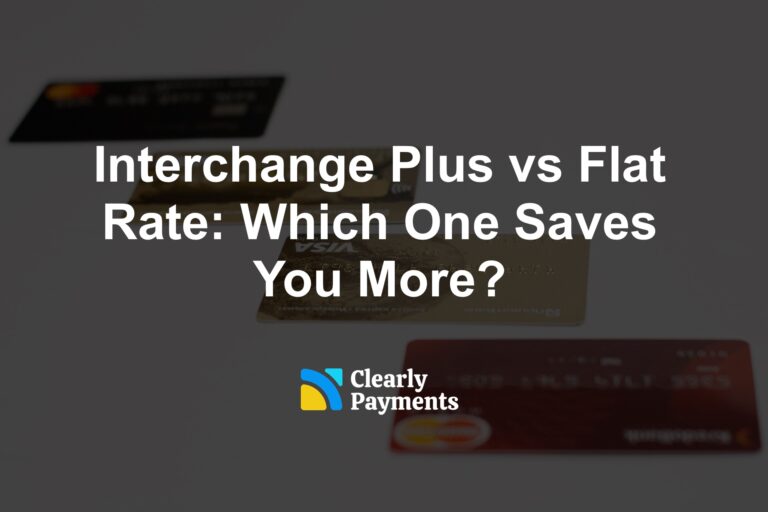In today’s fast-paced and digital-driven world, the way we conduct financial transactions has evolved drastically. One of the most significant advancements in this realm is the advent of contactless payment processing, driven by Near Field Communication (NFC) technology.
In this article, we will explore what NFC and contactless payment processing are, how they work, their advantages, security considerations, and their impact on the future of payments.
What is NFC?
NFC stands for Near Field Communication, a short-range wireless communication technology that enables devices in close proximity to exchange data seamlessly. It is a subset of radio-frequency identification (RFID) technology and is widely used for various applications beyond just payments, such as access control, ticketing, and data sharing.
NFC operates on the principle of electromagnetic induction, allowing two NFC-enabled devices to communicate when placed close together (typically within a few centimeters). Unlike other wireless communication technologies like Bluetooth or Wi-Fi, NFC is a low-power, short-range technology designed for quick and efficient data exchange.
How Does NFC Work in Contactless Payments?
NFC technology plays a pivotal role in enabling contactless payment processing. It allows consumers to make payments by simply tapping or bringing their NFC-enabled payment card, smartphone, or other compatible devices close to a contactless payment terminal. The terminal then reads the information stored on the NFC-enabled device or card and processes the payment.
Here’s a step-by-step breakdown of how NFC-based contactless payments work:
Initialization: The customer initiates the payment process by tapping their NFC-enabled device (e.g., smartphone or contactless card) near the merchant’s payment terminal.
Data Transmission: The NFC technology allows for a secure and quick data transmission between the device and the terminal. This includes sending the card’s information, such as the card number and a one-time code.
Transaction Authorization: The payment terminal forwards the transaction details to the payment processor, which then verifies the transaction’s validity.
Approval and Completion: If the transaction is approved, the payment is completed, and both the customer and the merchant receive confirmation.
Advantages of NFC and Contactless Payments:
NFC-based contactless payments offer several key advantages:
Speed and Convenience: Contactless payments are incredibly fast and convenient. A simple tap is all it takes to complete a transaction, reducing checkout times and enhancing the overall customer experience.
Security: Contactless payments are considered secure due to tokenization, which replaces sensitive card information with one-time codes. This makes it difficult for fraudsters to capture and misuse card data.
Hygiene and Contact-Free Transactions: In an era of heightened concern for health and hygiene, contactless payments reduce the need for physical contact between consumers and payment terminals.
Versatility: NFC technology is versatile, as it can be used in various settings, including public transportation, access control, and loyalty programs.
Contactless Payments Security Considerations
While NFC-based contactless payments are generally secure, there are some security considerations to be aware of:
Data Encryption: Data transmitted during an NFC transaction is encrypted, making it challenging for attackers to intercept and decipher.
Device Security: The security of the NFC-enabled device, such as a smartphone or card, is crucial. Users must take measures to protect their devices, such as using strong PINs or biometric authentication.
Lost or Stolen Devices: If an NFC-enabled device is lost or stolen, there is a risk that unauthorized transactions could occur. However, most devices offer the ability to remotely lock or erase data, adding an extra layer of security.
Authentication: Some NFC-based systems may require additional authentication for high-value transactions, such as PIN entry.
What Devices Support Contactless Payments?
Contactless payment technology is supported by a wide range of payment devices, making it incredibly versatile and accessible for consumers. Here’s a list of common payment devices that support contactless payments:
Smartphones: Many modern smartphones, both Android and iPhone, come equipped with Near Field Communication (NFC) technology, allowing users to make contactless payments through mobile payment apps like Apple Pay, Google Pay, and Samsung Pay.
Contactless Payment Cards: Traditional credit and debit cards can now have contactless functionality. These cards are embedded with an NFC chip, typically denoted by a contactless symbol, and can be used by tapping or waving near a compatible payment terminal.
Wearable Devices: Various wearable devices, such as smartwatches and fitness trackers, can support contactless payments. These devices are often linked to your credit or debit card and can be used to make payments by tapping them to the payment terminal.
Key Fobs: Some banks and financial institutions offer contactless payment key fobs. These small devices, often attached to your keychain, can be used to make contactless payments by tapping them against a payment terminal.
Stickers and Tags: Some financial institutions provide adhesive stickers or tags with contactless capabilities that can be affixed to non-contactless cards or items like mobile phones. These stickers effectively convert non-contactless devices into contactless ones.
Contactless Payment Rings: Specialized payment rings are designed for contactless payments. Users can wear these rings and make payments by tapping them to the payment terminal.
Biometric Payment Cards: Emerging technologies are introducing biometric payment cards, which combine the security of biometric authentication (e.g., fingerprint recognition) with the convenience of contactless payment. These cards are still relatively new but offer enhanced security.
Smart ATMs: Some modern ATMs support contactless withdrawals and deposits, allowing users to perform transactions without inserting their cards.
Transportation Cards: Many transportation systems worldwide, like subway and bus systems, have adopted contactless payment cards, allowing commuters to use contactless cards to pay for their fares.
Point-of-Sale (POS) Terminals: Payment terminals at retail stores, restaurants, and other businesses are equipped to accept contactless payments. These terminals are essential for enabling contactless transactions in physical stores.
Payment Apps: Mobile payment apps, such as PayPal, Venmo, and Cash App, offer contactless payment functionality for person-to-person (P2P) payments.
Online and In-App Payments: Some eCommerce websites and mobile apps support contactless payments. Users can make online and in-app purchases without entering their card details by using saved payment information or biometric authentication.
It’s important to note that the availability of contactless payments may vary by region and financial institution. However, as the adoption of contactless technology continues to grow, more payment devices and merchants are likely to support this convenient and secure payment method.
The Future of Contactless Payments
The future of contactless payments is marked by the ever-growing embrace of this technology for everyday transactions. This surge in adoption is a testament to the convenience and speed offered by contactless payment methods. As more consumers experience the simplicity of tap-and-go payments, both individuals and businesses are increasingly turning to this technology. The result is that contactless payments are rapidly becoming the new norm for everyday purchases, regardless of the transaction’s size.
The evolution of contactless payments extends beyond simple convenience. The integration of biometric authentication, such as fingerprint or facial recognition, enhances security and safeguards against unauthorized use, making it even more appealing to consumers. Additionally, the development of advanced encryption and fraud detection technologies will continue to bolster the security of these payment methods, providing peace of mind for users.
Contactless payments are also set to play a significant role in smart cities, with their application expanding into transportation, parking, and even government services. This integration streamlines the lives of citizens, enabling them to use a single, unified payment method for various services. Furthermore, the ongoing innovation in mobile wallet apps, the rise of tokenization for added security, and the possibility of cryptocurrency integration make it evident that the landscape of contactless payments is continuously evolving to meet the ever-changing demands of our increasingly digital world. With all these advancements, contactless payments are positioned to not only streamline transactions but also enhance security, accessibility, and the overall consumer experience.




